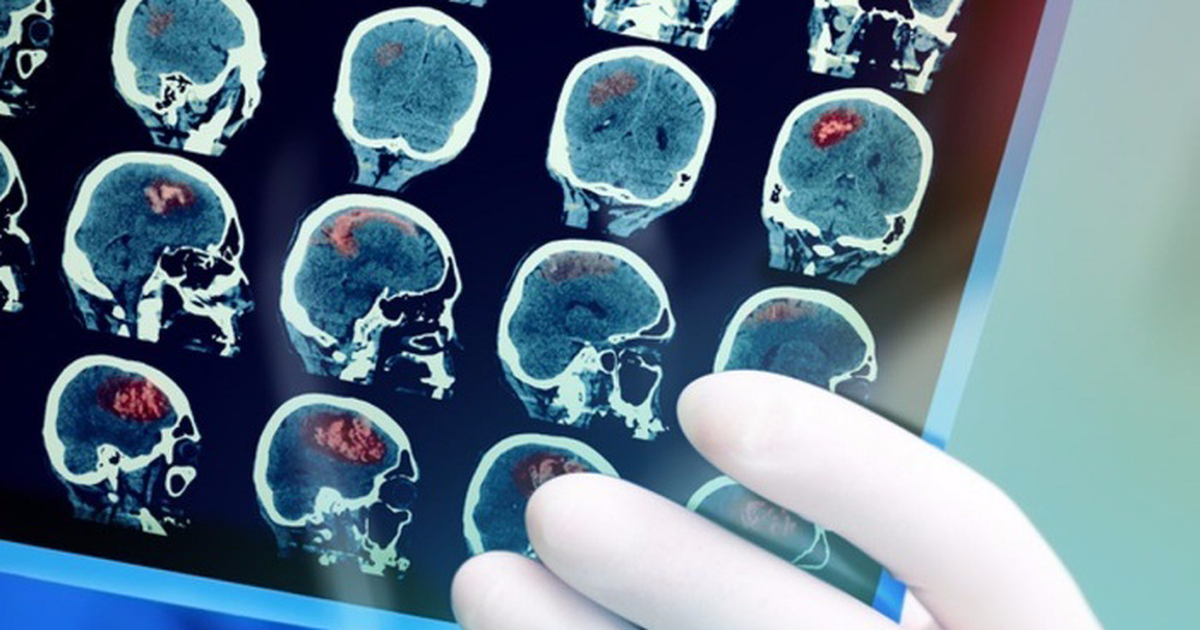Warning: Rising Stroke Cases Among Young Adults
Phu Tho General Hospital recently treated a 31-year-old male patient (from Phu Thọ) who suffered a stroke due to a cerebral infarction.
The patient was immediately examined by doctors at the Stroke Center, who ordered a digital subtraction angiography. After approximately 20 minutes of intervention, the medical team successfully removed six blood clots, each measuring 2x2mm, fully restoring blood flow to the brain.
One day after the procedure, the patient regained consciousness, showed improvement in moving his right hand and leg, and is now undergoing rehabilitation treatment. Doctors are also monitoring risk factors for stroke and implementing strategies to prevent recurrence.
Many people only discover underlying conditions like hypertension when hospitalized (Illustrative image: N.P).
MSc. Dr. Hoàng Quốc Việt, Deputy Head of the Emergency and Intensive Neurological Care – Stroke Unit at Phu Tho General Hospital, noted that severe stroke cases among young adults have been increasing recently. At the center, the proportion of patients aged 18-45 has doubled compared to previous years.
Risk factors contributing to strokes in younger individuals include autoimmune diseases, genetic predispositions, and especially lifestyle impacts such as contraceptive use, substance abuse, alcohol consumption, smoking, obesity, physical inactivity, late-night habits, and stress from life and work.
Notably, many people believe they are young and healthy, neglecting regular health check-ups. They often only discover underlying conditions like hypertension or cardiovascular disease once hospitalized due to a stroke.
If a stroke patient does not receive emergency care within the “golden hour” (the first 4.5 hours after symptoms appear), recovery becomes extremely challenging. Many individuals end up disabled, losing the ability to care for themselves and their capacity to work.
Who Is at Risk of Stroke?
Anyone can suffer a stroke, but some individuals are at higher risk than others. It’s crucial to know if you belong to a high-risk group to recognize early warning signs.
You may not know if you have weak blood vessels that could rupture, but other stroke risk factors can be screened and managed.
Most strokes occur when a blood clot or blockage affects the blood vessels supplying the brain. Fortunately, many contributing factors can be controlled.
Stroke symptoms include:
- Difficulty speaking and understanding others: A stroke victim may feel confused, slur words, or fail to comprehend speech.
- Numbness, weakness, or paralysis in the face, arm, or leg: This condition typically affects only one side of the body. The person may try to raise both arms above their head, and if one arm drifts downward, it could indicate a stroke. Additionally, one side of the mouth may droop when attempting to smile.
- Vision problems in one or both eyes: The person may suddenly experience blurred or blackened vision in one or both eyes or see double.
- Severe headache: A sudden, intense headache can be a symptom of a stroke. Vomiting, dizziness, and altered consciousness may accompany the headache.
- Trouble walking: A stroke victim may stumble, lose balance, or experience coordination issues.
Source link: https://dantri.com.vn/suc-khoe/nguoi-dan-ong-31-tuoi-bat-ngo-bi-liet-nua-nguoi-noi-kho-20250214143716662.htm



